Abstract:
Beyond its capability to create intricate geometries, Laser Powder Bed Fusion (L-PBF) is a powerful tool for tailoring the microstructure of metallic materials. By carefully adjusting process parameters, L-PBF enables fine tuning of crystallographic textures – a particularly critical factor in metastable austenitic stainless steels, where the deformation induced mechanisms, namely the TRIP and TWIP, depend strongly on the texture and applied stress state. In our efforts to exploit L-PBF for strengthening these effects, we uncovered a striking phenomenon: nominally identical austenitic stainless steel powders from different suppliers, processed under the same L-PBF conditions, produced radically different textures. Using operando synchrotron X-ray diffraction during printing process, we revealed that subtle compositional variations between powders dictate the solidification pathway, ultimately leading to distinct microstructural morphologies. These findings highlight how powder characteristics often treated as secondary to process parameters, can decisively influence texture evolution and mechanical response. By linking composition, solidification mode and final microstructure, this work sheds new light on the metallurgical origins of performance in additively manufactured stainless steels and points towards strategies for microstructure design in L-PBF.
Biography:
Christos Sofras is a postdoctoral researcher at the Swiss Federal Laboratories for Materials Science and Technology (Empa), specializing in additive manufacturing, alloy design and microstructure engineering. He earned his PhD in Materials Science from EPFL, where his thesis focused on exploiting Laser Powder Bed Fusion to manipulate crystallographic textures in stainless steels and activate deformation mechanisms such as TRIP and TWIP. Before joining EPFL, he obtained his diploma in Mining and Metallurgical engineering from the National Technical University of Athens. His work combines advanced characterization methods, including synchrotron and neutron diffraction, aiming to establish processing–structure–property links.
